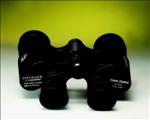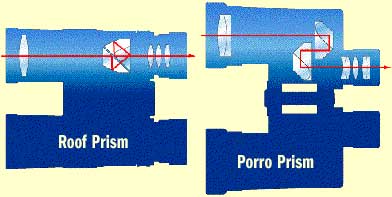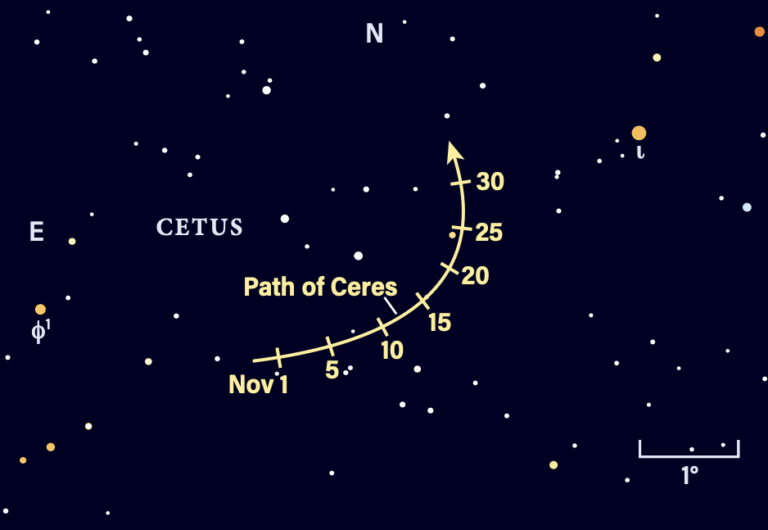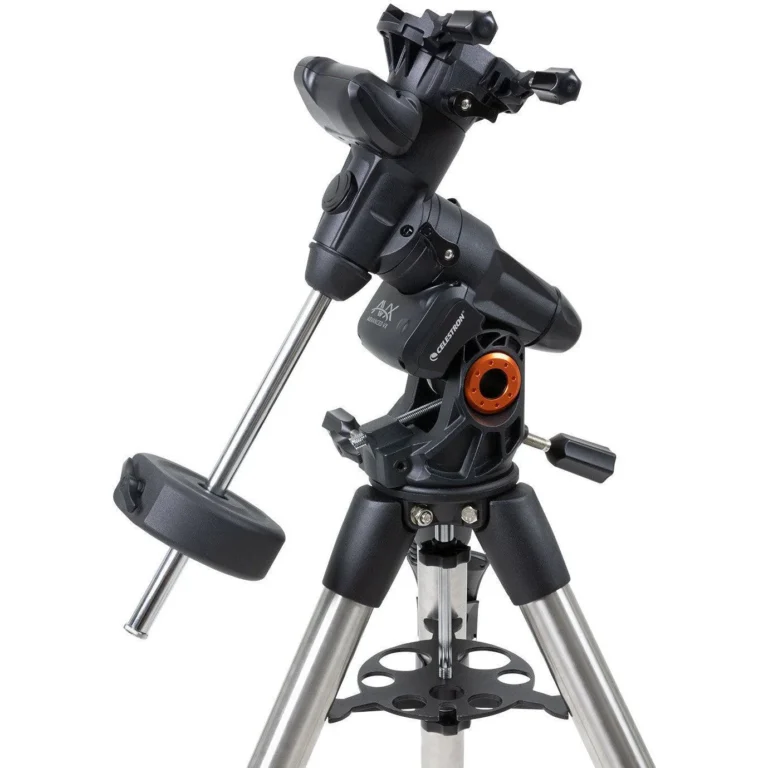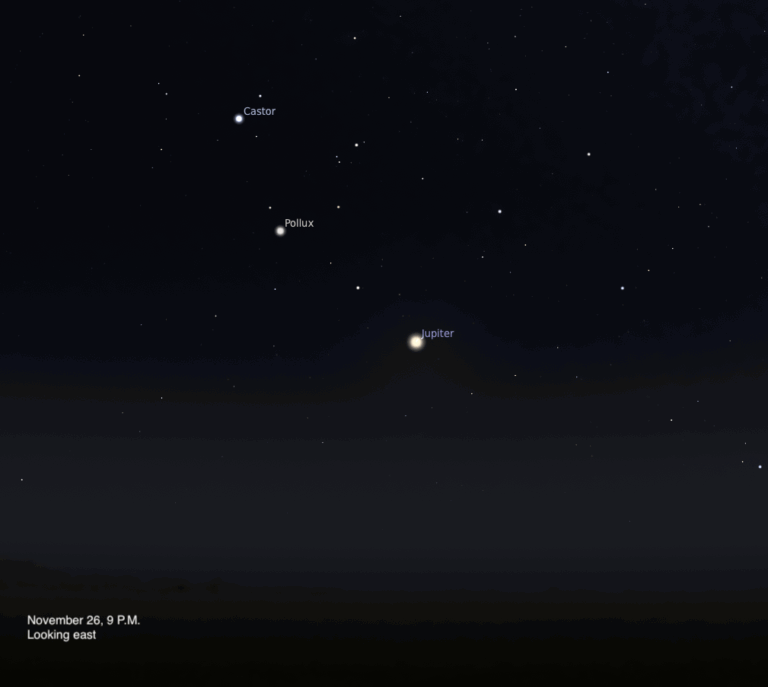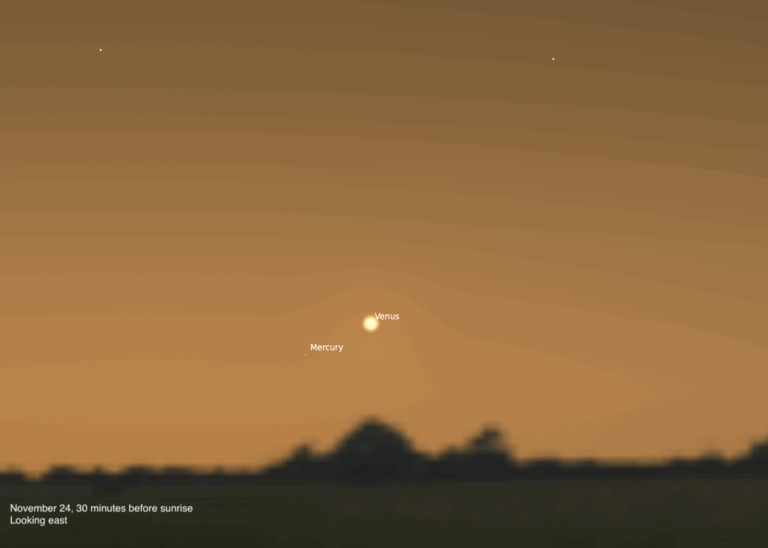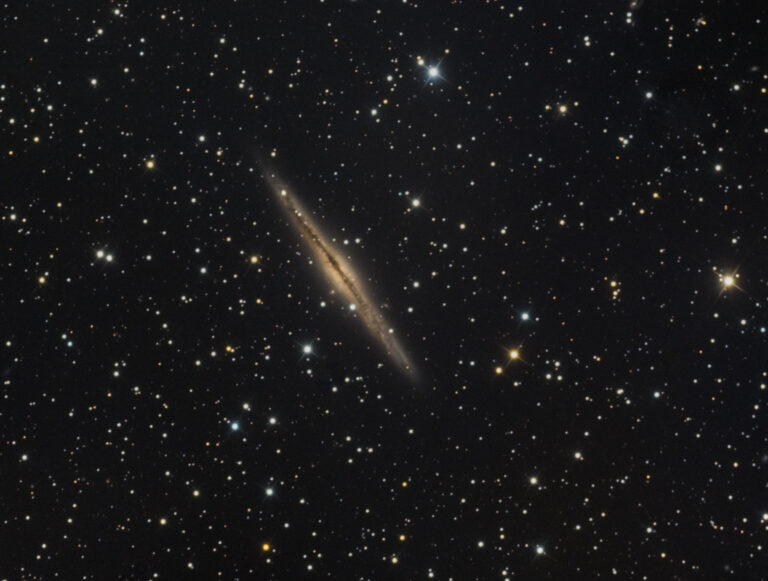Key Takeaways:
- Binoculars offer a user-friendly and affordable alternative to telescopes for astronomical observation, providing a wide field of view and upright images, simplifying object location and requiring minimal setup.
- For astronomical use, binoculars should have an aperture of at least 40mm; larger apertures (e.g., 50mm) gather more light, enhancing image brightness. Magnification should ideally range from 7x to 10x for hand-held stability; higher magnifications often necessitate a tripod.
- Optimal binocular selection involves considering exit pupil (aperture divided by magnification) to match the observer's dark-adapted pupil size for brightness. Porro-prism binoculars, with their zigzag shape, are generally preferred for astronomical viewing due to superior light transmission.
- Binoculars are effective for observing various celestial objects, including lunar details, planetary features, bright comets, star clusters, nebulae, and even some galaxies, offering a broader view than many telescopes for extended deep-sky objects.
In many ways, binoculars prove superior to a telescope for those starting out in astronomy. They have a wide field of view and provide right-side-up images, making objects easy to find. They require no effort or expertise to set up — just sling them around your neck, step outside, and you’re ready to go. That portability also makes binoculars ideal for those clear nights in the middle of the week when you don’t have the time — or inclination — to get out a telescope. And for most people, observing with two eyes open rather than one seems more natural and comfortable.
If that still hasn’t convinced you, maybe price will. Unless you have money to burn on image-stabilized models, binoculars offer a more affordable way to tour the heavens than a telescope. If you’re a parent hoping to foster a child’s interest in the universe, binoculars are the ticket. Even if the appeal of stargazing eventually wanes, binoculars can be used for more down-to-Earth pursuits.
You can find the aperture simply by looking at the two numbers displayed on every binocular: 7×35 or 10×50, for example. The second of those numbers refers to the diameter (in millimeters) of each of the front lenses, so 7x35s have a diameter of 35mm and 10x50s have a 50mm diameter. Binoculars with an aperture of 50mm gather twice as much light through each lens as 35mm binoculars.
The first of those numbers refers to the binoculars’ magnification. For astronomical purposes, go for binoculars that magnify at least 7 times. The highest you’ll want for hand-held binoculars is about 10x. If the magnification exceeds 10x, you likely won’t be able to hold the binoculars steady enough to get a sharp image. Giant binoculars, those with magnifications above 10x and apertures greater than 50mm, require a tripod to deliver good views.
Another key specification is the exit pupil. This describes the width of the beam of light as it leaves the eyepiece. You can calculate the exit pupil by dividing the aperture by the magnification. So, for example, all 10×50 binoculars have an exit pupil of 5mm and 7x50s have exit pupils of about 7mm.
As the human eye adapts to darkness, the pupils dilate to let in more light. Unfortunately, as we age, our eyes’ ability to adapt to changing light levels decreases. Observers who want the brightest possible images — and who doesn’t? — should try to match the exit pupil to the pupil size of their dark-adapted eye. Most people younger than 30 who observe under a dark, rural sky will have pupils that dilate to about 7mm. They can take full advantage of binoculars that produce an exit pupil of 7mm. The maximum pupil size for those in their 30s drops to around 6mm, and if you’re 40 or older, the pupil probably won’t dilate beyond 5mm. If you use binoculars with an exit pupil wider than your pupil size, some of the incoming light won’t get into your eyes and images will appear dimmer.
Another specification to consider is field of view. Usually stamped somewhere on the binoculars, field of view typically is expressed either in degrees or as a certain number of feet at 1,000 yards (for example, 325 feet at 1,000 yards). To convert feet at 1,000 yards into degrees, divide the number of feet by 52.5 (e.g. 325/52.5 = 6.2°). Most binoculars have a field of view around 6° or 7°. Some high-power models will shrink this to 3° to 5°, while wide-angle models will take in 8° to 10°.
Most binoculars have a central focusing knob that moves both eyepieces at once as well as one eyepiece that can be focused individually. To work the binoculars, first use the central knob to focus the eyepiece that can’t be individually adjusted, then focus the other eyepiece. This type proves to be more convenient, particularly if you pass the binoculars from person to person. On other binoculars, both eyepieces can be focused individually. These tend to be more rugged and better sealed against moisture.
Binoculars make a great investment for anyone interested in the night sky. Because binoculars gather more light than the naked eye, they help you find fainter objects. And because they magnify the view, they let you see more detail.
Binoculars will show the Moon in crisp detail. Watch as shadows creep across lunar features as the Moon waxes and wanes throughout the month. Follow the stages of a lunar eclipse as Earth’s shadow covers the Moon. And view delicate earthshine glowing on the dark side of a crescent Moon. Farther afield, binoculars let you follow the phases of Venus and track the orbital motions of Jupiter’s big moons. In addition, binoculars will help you pick out Mercury low in the twilight sky and to spot objects too faint to see easily, such as the outer gas-giant planets, Uranus and Neptune, as well as the brighter asteroids. The advantages of binoculars perhaps show up best on a bright comet. Binoculars magnify enough to show exquisite detail while providing a wide-enough field of view that you can see the comet’s head and most or all of the tail at once.
For targets outside the solar system, binoculars work best on large deep-sky objects. They really shine on big star clusters like the Pleiades in Taurus or the Beehive in Cancer, which cover too much sky to see all at once through typical telescopes. Binoculars provide stunning views of Milky Way starfields and some of the larger emission nebulae that dot our galaxy’s spiral arms. You even can spy some bright external galaxies: the Andromeda Galaxy (M31) and the Pinwheel Galaxy (M33) in Triangulum stand out. All told, more than 400 deep-sky objects lie within reach of good binoculars from a dark-sky site.
- The Sky this Week — Your weekly guide to the universe, with current observing info and tips from Astronomy staff
- Video: How to use a star chart — Senior Editor Rich Talcott helps you navigate the night sky using Astronomy magazine’s pullout star chart, located in the center of each monthly issue
- StarDome — Astronomy.com’s interactive star chart lets you construct an accurate map of your sky and find your favorite constellations, planets, galaxies, and more.
- The ABCs of observing — Sharpen your scope skills with these 26 tips
- Observing podcast archives with free downloadable podcasts featuring three objects you can see in the night sky each episode

